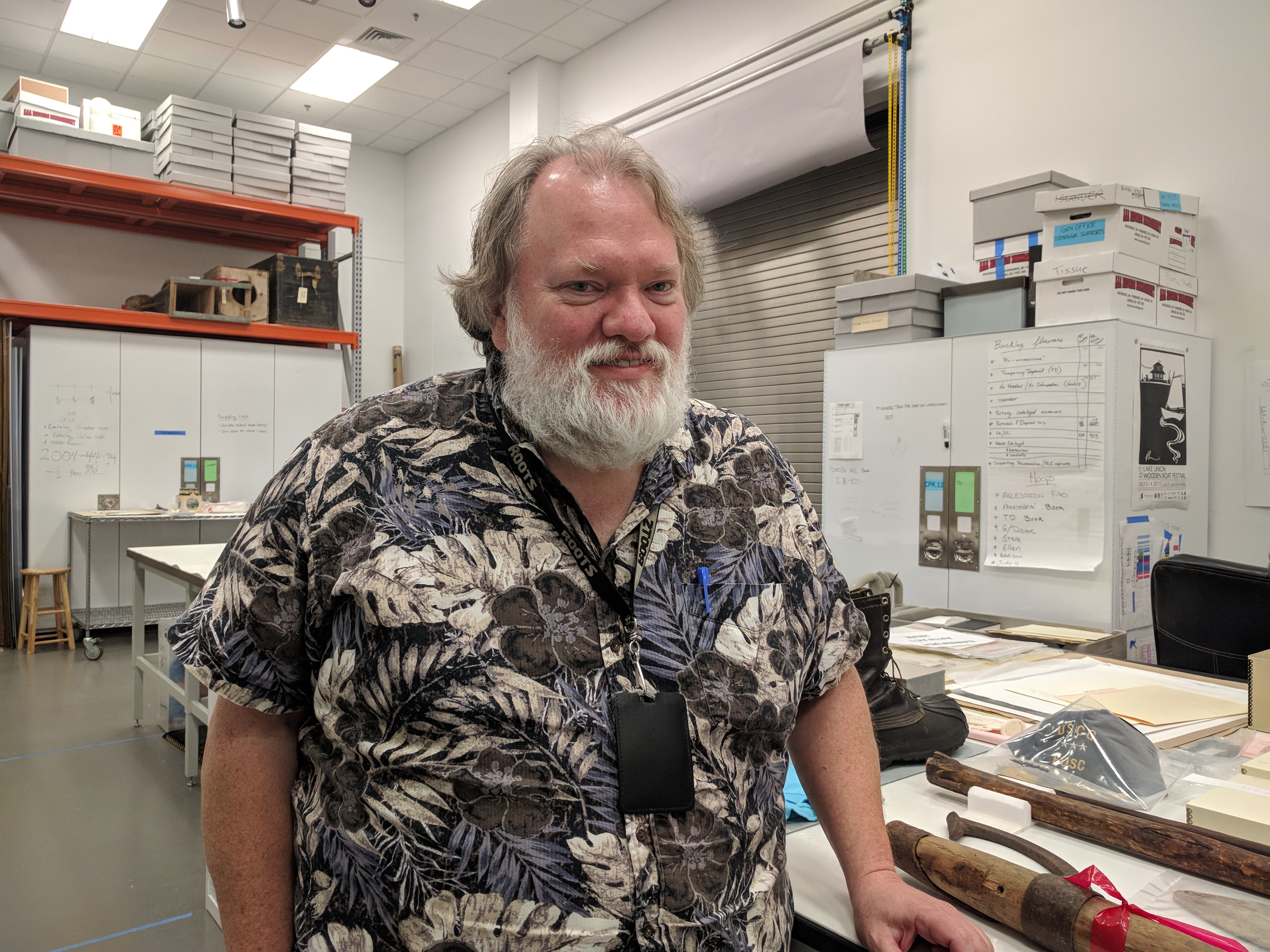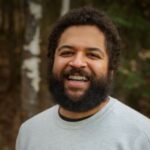
This week we’re hearing from Steve Henrikson in Juneau. Henrikson is originally from Washington state and has been the curator of collections for the Alaska State Museum since 1988. He will be part of the museum’s Indigenous People’s Day celebration on Monday.
HENRIKSON: I’ll contribute to it by talking about some of the other types of traditional Indigenous watercraft in Alaska. Everything from kayaks, umiaks, birchbark canoes, as well as different types of dugout canoes from the Northwest coast.
I started working for the National Park Service up here during the summers as a curator for the Sitka National Historical Park. I really was very interested in Alaska Native culture and the job in Sitka came open. It was supposed to be a summer job, and like many people one job led to another and, before you know it, you’ve been here for 30 years. That’s what happened to me, too.
Part of my job and due to my many family and friends among the Tlingit people, I’ve gotten to go to a lot of different ceremonies over the years. And I was adopted by the Dakl’aweidí clan of Angoon at a potlatch that we all went to in Klukwan.
I’m not sure how common it is, but it’s something something that is taken very seriously. Anyone who is adopted knows that it’s a kind of honor, but it also comes with a lot of responsibilities. And it’s necessary for you to participate in the clan doings, and I contribute to the memorial feasts and other ceremonial activities.
You know, something that’s always struck me is how Alaska is just one big small town, and how you run into people that we know all the time. Even in distant locations; in Europe and Washington D.C., we’ve run into people that we know from here. So it’s always fun.
Wesley Early covers Anchorage life and city politics for Alaska Public Media. Reach him at wearly@alaskapublic.org and follow him on X at @wesley_early. Read more about Wesley here.




